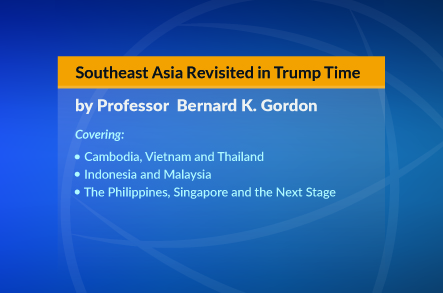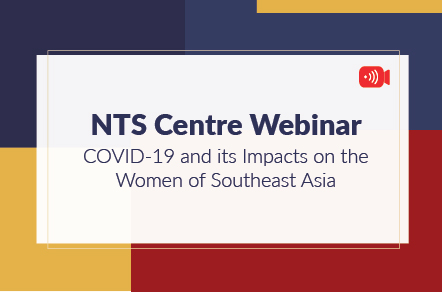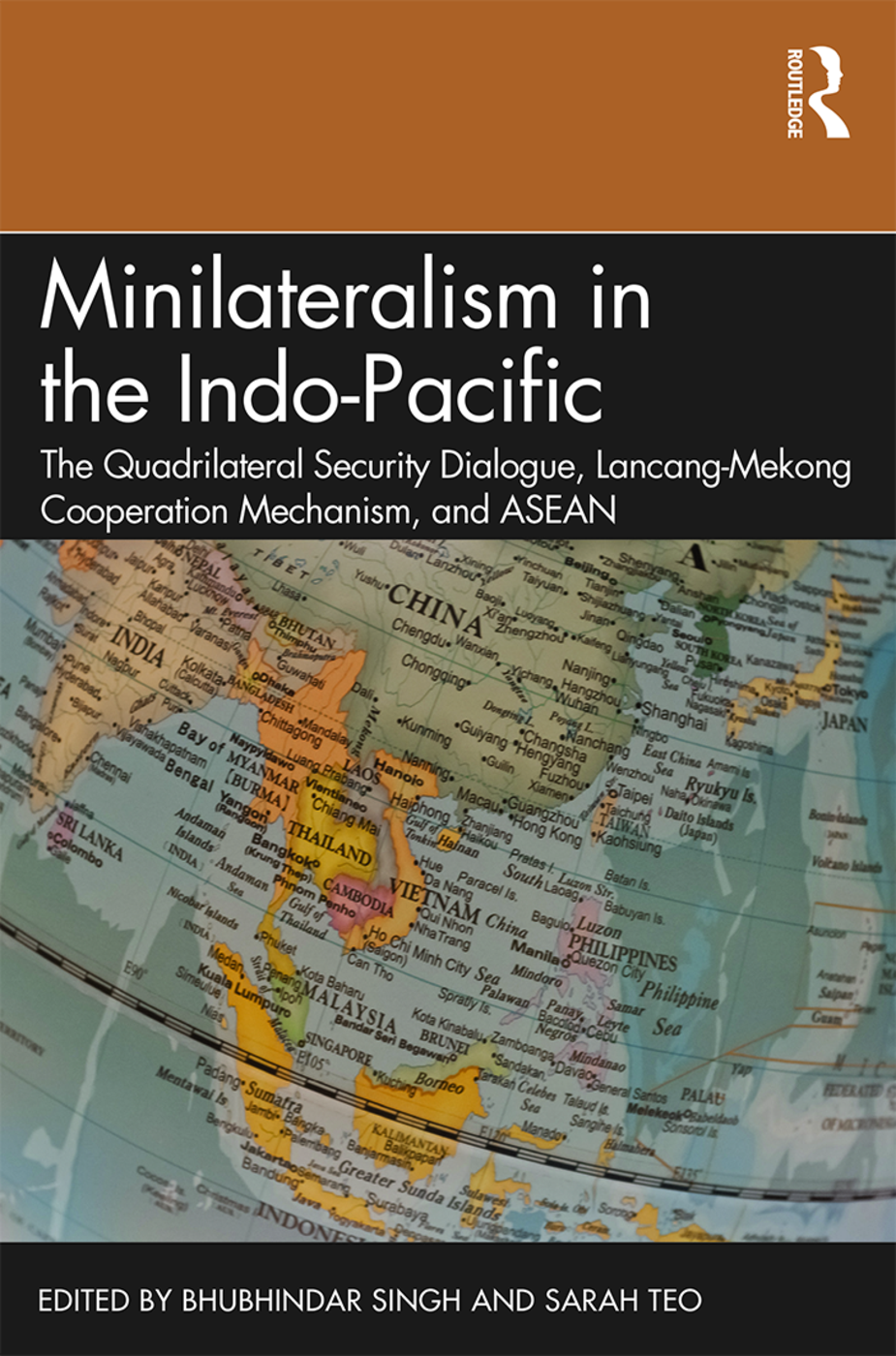
Think Tank (3/2020)
HIGHLIGHT

China and America: The Power of Historical Memory
11 Jun 2020
The Thucydides Trap is an intellectual trap for the unwary when uncritically applied to China. China is not a rising power; it is a returning power. The psychology is different.
It is essential to recognise that America’s “adversary” is the People’s Republic of China (PRC) led by the Communist Party of China (CCP), not “the Chinese”. The millions of people of Chinese descent in the ...
RECENT BOOKS BY STAFF
Minilateralism in the Indo-Pacific: The Quadrilateral Security Dialogue, Lancang-Mekong Cooperation Mechanism, and ASEAN
Bhubhindar Singh, Sarah Teo
While US-centred bilateralism and ASEAN-led multilateralism have largely dominated the post-Cold War regional security architecture in the Indo-Pacific, increasing doubts about their effectiveness have resulted in countries turning to alternative forms of cooperation, such as minilateral arrangements. Compared to multilateral groupings, minilateral platforms are smaller in size, as well as more exclusive, flexible and functional.
Both China and the US have contributed to minilateral initiatives in the Indo-Pacific. In the case of the former, there is the Lancang-Mekong Cooperation mechanism—involving China, Cambodia, Laos, Myanmar, Thailand and Vietnam—established in 2015. In the case of the latter, there has been a revival of the Quadrilateral Security Dialogue in 2017—involving the US, Australia, Japan and India. This book examines the rise of these arrangements, their challenges and opportunities, as well as their impact on the extant regional security architecture, including on the ASEAN-led multilateral order.
A valuable guide for students and policy-makers looking to understand the nature and development of minilateralism in the Indo-Pacific region.

Professor Bernard K. Gordon on “Southeast Asia Revisited in Trump Time”
30 Jun 2020
“Southeast Asia Revisited in Trump Time” is written by Professor Bernard K. Gordon, the author of five books and many articles dealing with trade and foreign policy in East Asia, and Professor Emeritus in the University of New Hampshire. Professor Gordon was scheduled to visit RSIS this year b ...

COVID-19 and Global Governance: Waking Up to a Safe New World
21 May 2020
“… it may do well for countries to bring health security—the freedom from diseases and access for all to primary health care—back to mainstream national security thinking, which currently prioritizes military threats over others.”
Dr Mely Caballero-Anthony, Head of the Centre for Non-Tr ...

Teaching in the Age of the “New Normal”
26 May 2020
State-mandated closures of learning institutions have brought conventional learning to a halt in an attempt to slow the spread of COVID-19. The need to ensure continuity of teaching and learning has propelled institutions of all levels of education to shift from brick-and-mortar classroom lear ...

RSIS Webinar Series by Dr Adam Garfinkle
08 May 2020
Dr Adam Garfinkle, RSIS Distinguished Visiting Fellow; and Founding Editor of The American Interest gave three webinars between 8 to 22 May 2020. The webinars are part of a series which covered COVID-19.
“Bad Arguments Never Die”: Why Effective National Responses to Pande ...
The Asia Pacific’s “Age of Uncertainty”: Great Power Competition, Globalisation and the Economic-Security Nexus
30 Jun 2020
“We live in an ‘age of uncertainty’. On the one hand, a power transition seems to be upon us: China has risen, the United States’ resolve and commitment are uncertain, and other regional powers with different political systems are also resurgent. On the other hand, unprecedented gl ...

COVID-19 and the Evolving Terrorist Threat: Challenge and Response
18 May 2020
By now, the COVID-19 pandemic has affected all aspects of life, including politics, health, security and economics. Within the security sector, the contagion’s impact on terrorism and counter-terrorism practices has been swift and pronounced. In the wake of COVID-19, most terrorist groups acro ...

Humanitarian Futures in the Post-COVID-19 World
03 Jun 2020
The COVID-19 pandemic shows that the threat of a public health emergency at such a global scale is real and imminent and its ramifications go beyond direct responses to the pandemic. The humanitarian community is affected both directly and indirectly. Challenges facing humanitarian action are ...

RSIS Virtual Roundtable with Dr Hamidin Abd Hamid and Dato’ Mazri Muhammad
04 Jun 2020
Malaysia has undergone two historic power transitions in the last two years. Pakatan Harapan swept into power in May 2018 and collapsed in February 2020, succeeded by Perikatan Nasional in March with Mr Muhyiddin Yassin as Prime Minister.
This story may also be retold as one of dramatic ...

COVID-19 and its impacts on the Women of Southeast Asia
15 Jun 2020
In this time of compounding global crisis, the world needs to come together to not only fight COVID-19 but to also preserve our commitments to certain shared beliefs. One of these is to uphold the principle of gender equality even in the midst of this humanitarian crisis.
Undoubtedly, C ...

Age of Rages: Nationalisms
19 May 2020
The Centre of Excellence for National Security (CENS) organised a webinar series titled “Age of Rages: Nationalisms”. Three webinars have been held so far between 19 May and 16 June.
The series began with Nationalisms in Hong Kong and China featuring speakers Chi Kit Chan, Associate Pro ...








